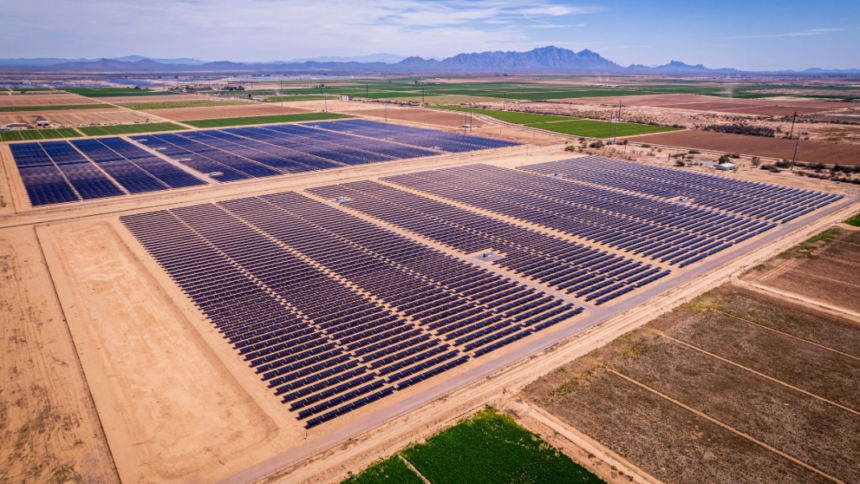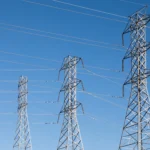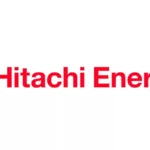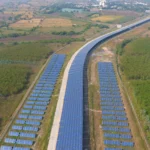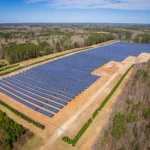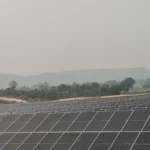The solar industry in the Middle East and Sub-Saharan Africa is rapidly positioning itself as a future global supply chain hub, with recent developments suggesting the region could rival and even replace Southeast Asia in solar manufacturing, according to a new Sinovoltaics report.
The study highlights growing efforts to build full vertical integration across the solar value chain—including polysilicon, ingots, wafers, cells, and module manufacturing. This push is supported by government policies, local content requirements, and foreign investment, particularly from Chinese companies. The goal: reduce reliance on imports, create jobs, and accelerate the clean energy transition.
Strategic advantages and lessons learned
The Middle East and Africa are leveraging their geographic proximity to Europe and Sub-Saharan markets, giving manufacturers access to both local demand and export opportunities. Policymakers in the region are also learning from supply chain gaps in Europe, India, and North America, which still lack large-scale polysilicon, wafer, and cell production capacity.
By proactively building these capabilities, the regions are positioning themselves as future exporters of solar modules and raw materials. Depending on U.S. tariff structures, the Middle East and Africa could also emerge as competitive partners for the American market.
Projected manufacturing capacity by 2030
Sinovoltaics projects that by 2030, the Middle East and Sub-Saharan Africa could achieve:
-
62.12 GW of solar module production
-
52.55 GW of solar cell capacity
-
45 GW of polysilicon output
-
290,000 tons of metallurgical-grade silicon
This scale would mark a historic shift in the global clean energy supply chain.
Chinese investments and local benefits
Much of the expansion is being driven by Chinese technology and financing, which remain central to the global solar industry. However, local economies stand to benefit significantly through job creation, industrial growth, and reduced fossil fuel dependence. The move also aligns with global sustainability and climate goals, strengthening the regions’ roles in the worldwide energy transition.
Overcoming challenges
Despite the momentum, hurdles remain—particularly grid infrastructure limitations and risks of supply chain disruptions. Yet, the ambition is clear: build a resilient, sustainable solar supply chain that not only meets domestic energy needs but also strengthens global market integration.
Sinovoltaics’ regularly updated solar supply chain maps provide insights for investors, procurement teams, and project developers, helping them track new factories, expansions, and market opportunities across the Middle East and Africa.
Conclusion
With strong policy backing, international partnerships, and ambitious capacity targets, the Middle East and Sub-Saharan Africa are emerging as serious contenders in global solar manufacturing. Their integration across the full value chain and ability to serve both local and export markets set the foundation for a cleaner, more secure, and globally relevant energy future.


